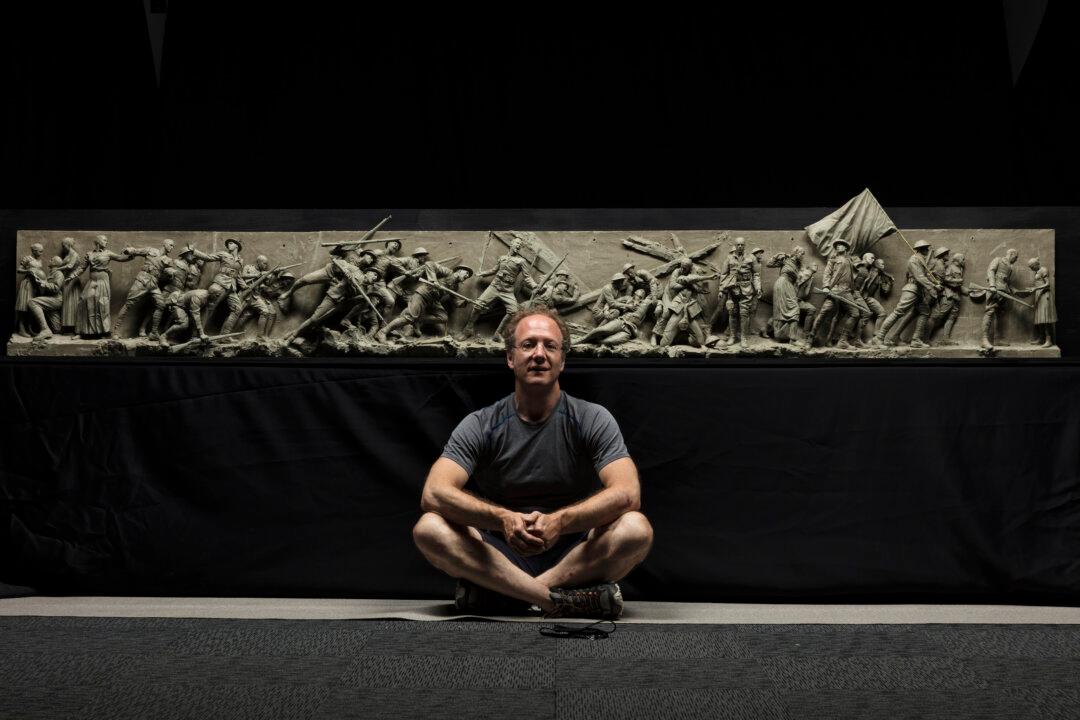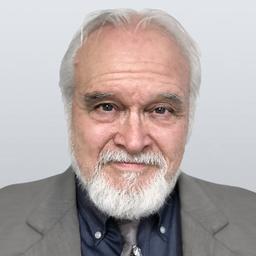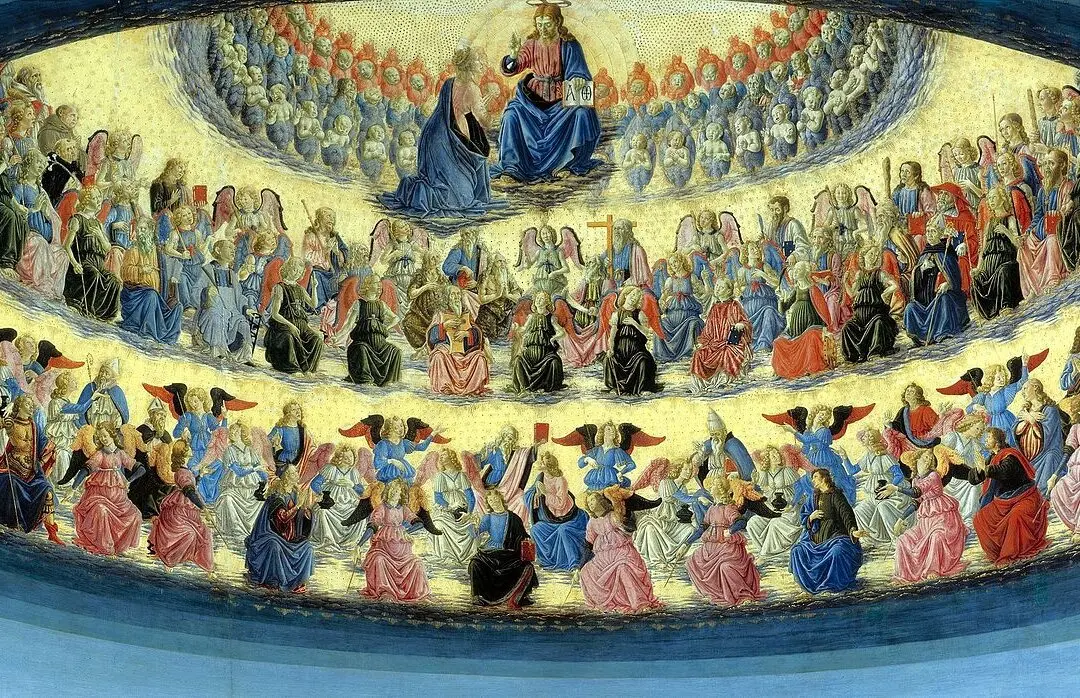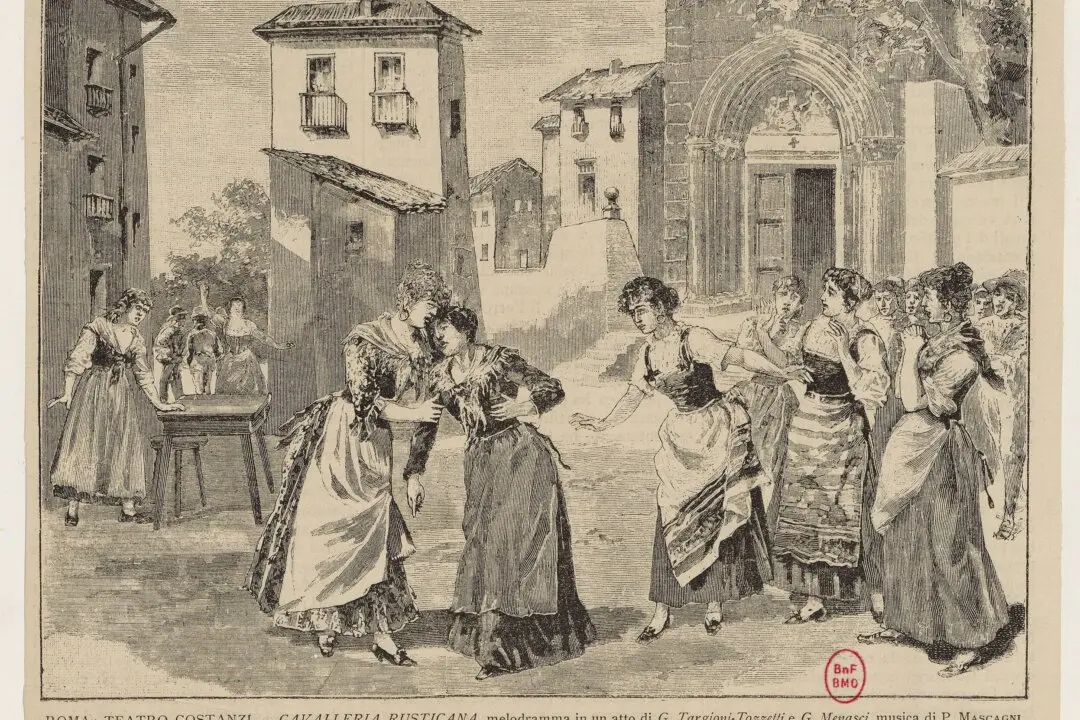Stretching across 58 feet in Washington, D.C.’s Pershing Park is a bronze frieze that portrays “A Soldier’s Journey” through the demands and dangers of World War I. From left to right, 38 life-size human figures relate the experience of a single American soldier: his departure from home, the ordeal of battle and its aftermath, and his return.
The massive work, unveiled in an illumination ceremony on September 13, was created by Italian American sculptor Sabin Howard, whose lifelong quest is to revive figurative sculpture in the great tradition of the Renaissance. The fact that he has made his case in a large-scale piece commemorating World War I is something Howard finds deeply ironic.






